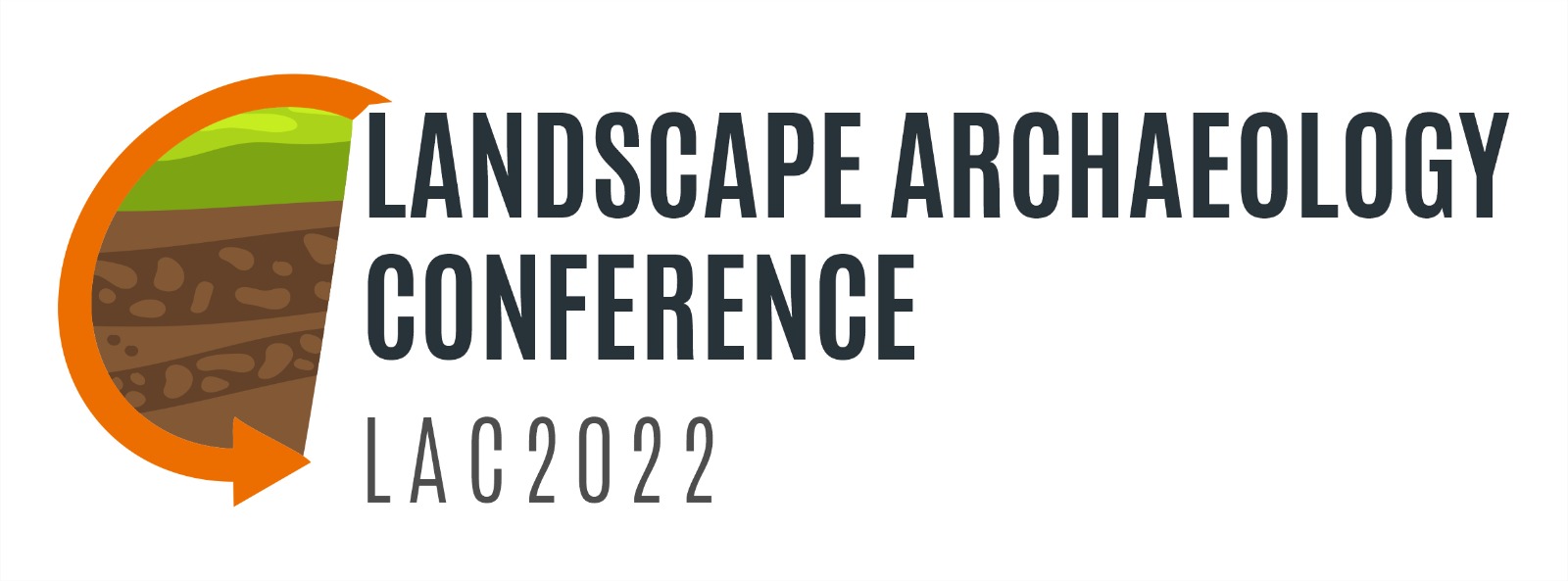"Nomadic" Strategies for Sedentary Populations: Prehistoric Anthropogenic Landscape Alterations as Indications of Climatic Coping Strategies Applicable to the Present Day
Main Article Content
Abstract
One of the issues beginning to manifest itself due to anthropogenically-induced climate change is a heightened difficulty in the acquisition of basic resources, largely due to the challenges of long-term planning under increasingly unpredictable conditions. Specifically, we are starting to struggle to accommodate the growing uncertainty of year-on-year climate variation, and thereby such critical issues as agricultural yields, water accessibility, and livestock holding capacities. These problems are greatly compounded by the near-absolute hegemony of sedentism in the present day, not simply in terms of habitation, but also labour, financing, and indeed worldview. These deeply ingrained concepts make it particularly difficult to meld this combination of unpredictability and desired durability into workable solutions. When examining past anthropogenic landscapes, it becomes clear that this hegemony was neither universally present, nor practiced in a binary dichotomy. Instead, a variety of nuanced relationships with sedentism were often the norm.


